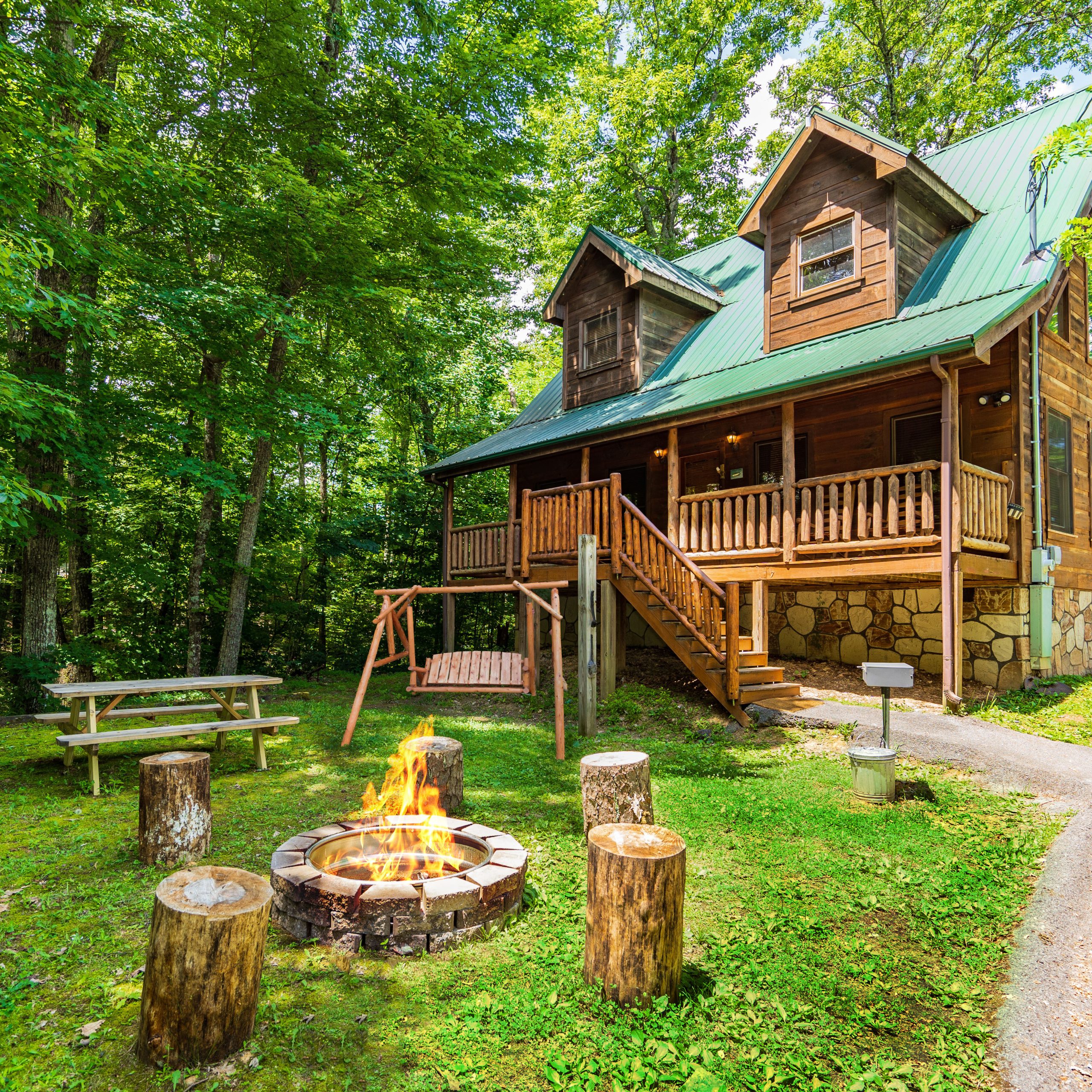LED white lamps are becoming increasingly popular for their numerous advantages. Compared to traditional incandescent or fluorescent bulbs, LED white lamps are more energy-efficient, durable, and environmentally friendly. Here are some of the benefits:
Energy Efficiency
LED white lamps require less energy to produce the same level of brightness as incandescent bulbs. They consume up to 90% less energy and have a longer lifespan, which means you’ll save on energy bills and replacement costs.
Durability
LED white lamps are made with solid-state technology, which makes them more durable and resistant to impact, vibration, and temperature changes. They can last up to 25 times longer than traditional incandescent bulbs.
Environmental Friendliness
LED white lamps are free of toxic materials like mercury, which is present in fluorescent bulbs. They also emit less greenhouse gases and reduce your carbon footprint.
Applications of LED White Lamps
LED white lamps have a wide range of applications, from residential to commercial, and industrial settings. Here are some examples:
Residential Use
LED white lamps can be used for indoor and outdoor lighting in homes, apartments, and buildings. They can be installed in bedrooms, kitchens, bathrooms, and living rooms, as well as for landscaping and security lighting outside.
Commercial Use
LED white lamps are commonly used in office buildings, retail stores, and hotels. They provide bright, energy-efficient lighting that enhances the ambiance and visibility of the space.
Industrial Use
LED white lamps are also used in factories, warehouses, and parking lots. They can endure harsh conditions and provide high-quality lighting for workspaces and storage areas.
Choosing the Right LED White Lamp
When selecting an LED white lamp, there are several factors to consider, including brightness, color temperature, and compatibility with existing fixtures. Here are some tips:
Brightness
The brightness of an LED white lamp is measured in lumens. To determine the appropriate amount of light for your space, consider the size, function, and location of the area.
Color Temperature
LED white lamps come in different color temperatures, which affect the warmth and coolness of the light. For residential use, a warmer color temperature between 2700K-3500K is recommended, while commercial and industrial settings may require a cooler temperature of 4000K-5000K.
Compatibility
Make sure the LED white lamp is compatible with the fixture and wiring in your space. Some LED bulbs require a specific type of socket or dimmer switch.
LED white lamps offer numerous advantages over traditional bulbs, including energy efficiency, durability, and environmental friendliness. They also have a wide range of applications in residential, commercial, and industrial settings. When selecting an LED white lamp, consider factors such as brightness, color temperature, and compatibility with existing fixtures. By choosing the right LED white lamp, you can enjoy bright, long-lasting, and cost-effective lighting for your space.
